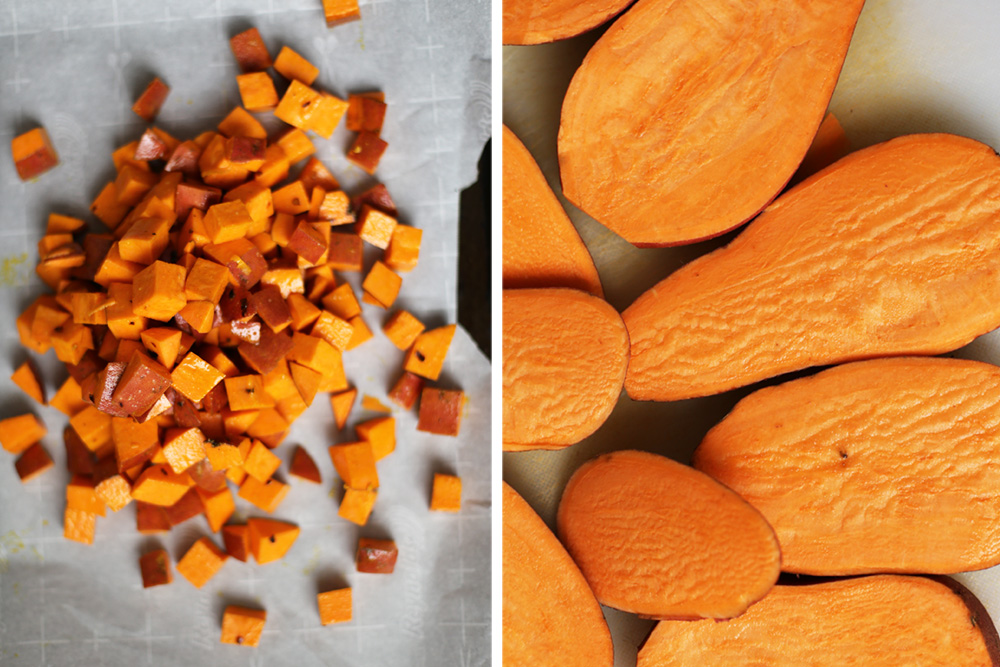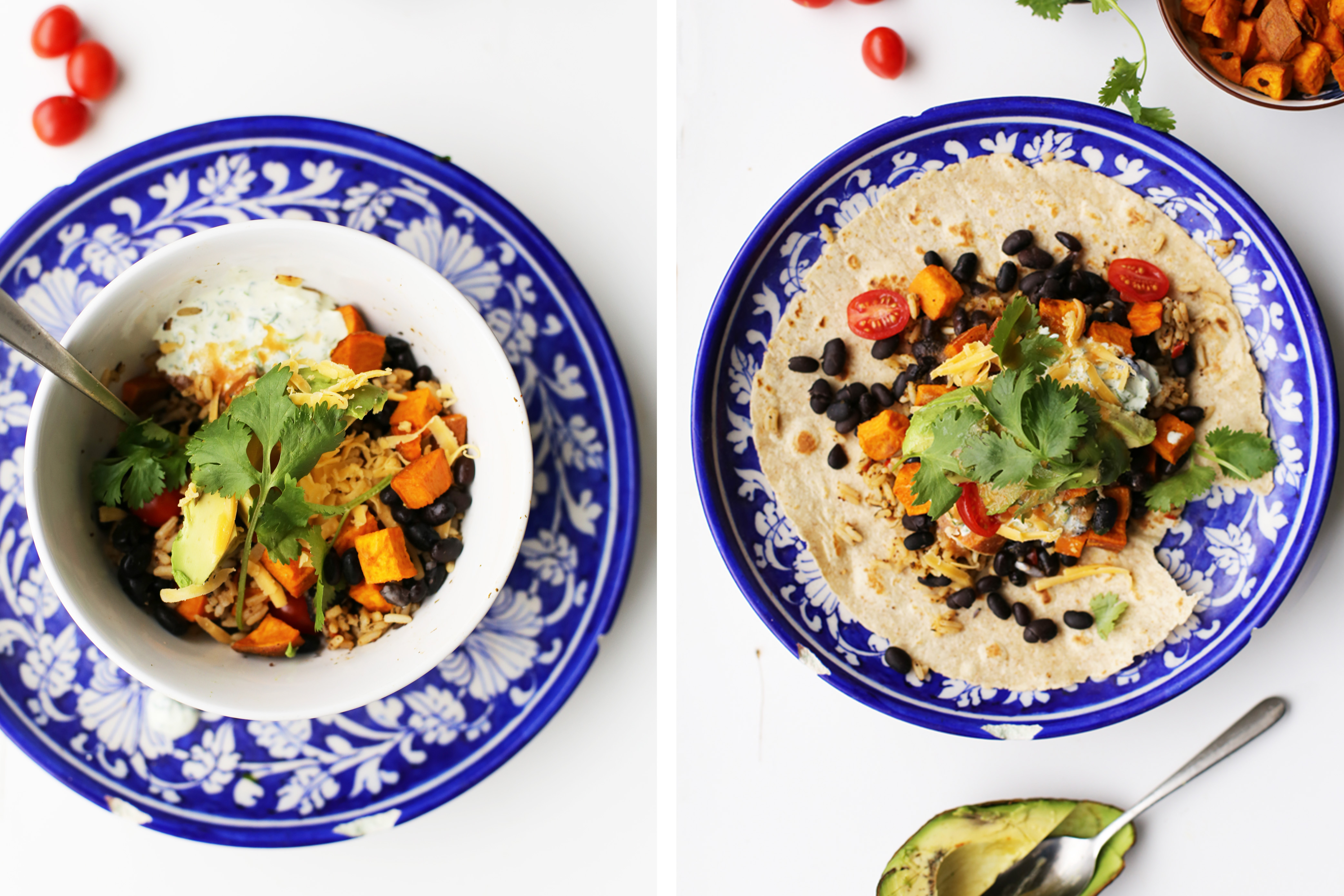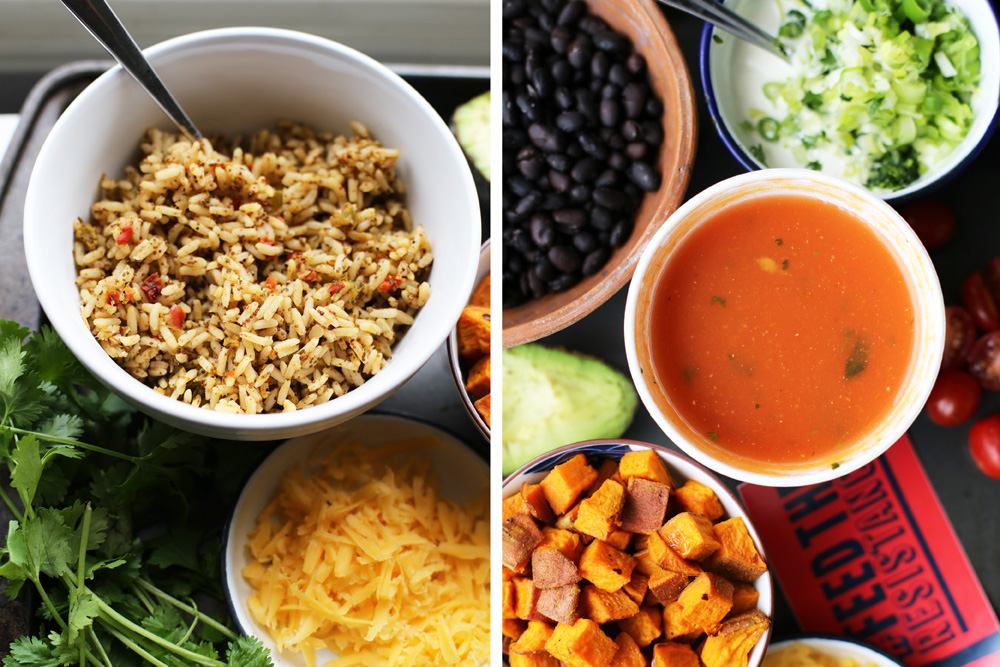
If you’re wondering if food justice is disconnected from what you experience on a day to day basis, consider these questions: Who picked the produce you buy? Where do you shop? How many times a week do you eat out? Where do you eat when you do? Who are you sharing your purchasing power with?
All the answers to these questions lead to the same starting point. It’s one that we choose without much consideration. And I don’t blame any of us. Many of our choices are habitual with little time or effort going into thinking about the details. I am guilty of this every time I finish work and pick up groceries as quick as I can before my husband brings me home. I’m not deeply thinking about the immigrant Sikh farmers – once themselves targets of bigotry – who grow most of the berries and other other produce up in Whatcom county (Washington) and in British Columbia. They probably hire temporary agricultural workers from Mexico, don’t they? Do they get paid a fair wage or have any benefits? Probably not.
Earlier this summer Honesto Silva Ibarra, a farm worker on an H-2A visa died at a hospital after complaining of severe headaches. He was told by his supervisor at a blueberry farm in Sumas that he would need to keep working or he would be fired. He later went to a clinic an hour away and was transferred to a hospital but it was too late. You might remember how hot it got this year and how poor the air quality was due to the forest fires. He and others were working through it all. There are countless incidents as such that will never be followed-up on the news simply because nobody wants to ask the difficult questions for them. When information about the sources of what we consume is so easily traceable, it’s appalling that they aren’t. This is modern day slavery and as immigration policy continues to be shrouded by xenophobia, it is up to us to make small changes in how we do things.
# Support small immigrant-owned food business. Restaurant, markets etc. Talk to your friends about them and leave them favourable reviews online.
# Ask how tips are distributed and tip well. You might already know this but a majority of workers cooking your favourite foods in restaurants are immigrants. Make sure you pass on the privilege you have to eat out by tipping them well.
# Buy produce and goods as locally as possible. You’re keeping money within the economy and supporting family-owned farms.
# Ask local food banks, pantries or community kitchens how you can help them. Some churches cook for people in need on certain or all days of the week. Even if you’re not of that faith, email or call them and ask how you can join in. Many of them accept walk-in volunteers which is just wonderful.
# Use local immigrant-owned restaurants to cater for things you might use at home. For example, fresh salsa for a weekend party or a large handi or biryani for all. If you’re Indian, you use Indian business to cater for parties but what if EVERYBODY did it?! Step out of your box.
# If you have kids, get involved with their public schools to see that kids are being fed nourishing meals. If you don’t have kids, find an undeserved school and ask the same questions. Eating and access to nourishing food is an act of resistance especially when the opposite messages are sent to families in communities of colour. Donate to organisations advocating for or with these kids. Take a group of kids on an educational field trip to a local farm. They really are the future. here in Everett, WA, we have Farmer Frog. What do you have in your part of the world?
# Find out where your food comes from. Show solidarity with workers when they protest harmful conditions. Don’t buy those raspberries on sale. They probably aren’t worth it.
# Know your government and find out if they support a just food system for all. Hold them accountable and keep them working for YOU.
All of these acts lead to a strong and just local food system. Every community deserves the right to not just food but to healthy food. Food literally feeds our bodies to feed our minds. Let us make sure this act of self-care if afforded to everyone.


Roasted sweet potato, rice and black beans with salsa roja and green sour cream
I took a note from the pages of Feed the Resistance when I crafted this recipe. It’s heavily inspired by the recipe for Baked Japanese Sweet Potatoes, oven-roasted tomato sauce and baked polenta by Stephen Satterfield. His qualifiers for the recipe were simple: It had to be accessible (ingredients should be readily available), simple (anyone can make it irrespective of their skill level) and decolonised/global (using ingredients that are indigenous to diets around the world to reflect the diversity of those communities fed).
I tried to use the same idea to make this recipe. Almost every culture around the world has their version of dal-baath (lentils and rice). It’s a simple way to eat healthy without much effort. Add a vegetable and small add-ins and you have a balanced meal. The salsa roja you see here is from a Salvadorean restaurant a short walk away from where I live. It is my favourite place to eat in Everett and I go there as much as I can. They sold me 1/2 a pint of the salsa they serve with their pupusa and curtido (cabbage salad) when I stopped there on my way home from work to ask if they did that. The consistency of this salsa is not chunky like you’re use to seeing at Mexican restaurants. It’s almost like a tomato sauce. It’s great because it just soaks right in without overpowering the food and it adds that acidic kick which brings the simple ingredients together.
You can make this with any vegetable, with a quick adjustment of the cooking time based on what you see/smell in the oven and you can also use any rice/grain or bean/lentil you prefer. Also also if you don’t have all the spices, salt + pepper work soooo well. Indian homes usually have at least one or two spices (if not many many more, I was being modest). Indian stores sell them very cheaply here in the US and you get much larger quantities for your monies.
Ingredients
For the sweet potatoes
- 2 medium sweet potatoes, cut into 1 inch cubes (about 3 1/2 cups)
- 2 tbsp extra virgin olive oil
- 1/4 tsp haldi (turmeric)
- 1/4 tsp ginger powder
- 1/4 tsp nutmeg
- 1/4 tsp red pepper flakes
- A little more than 1/4 tsp salt
Heat the oven to 400 degrees F and line a baking sheet with parchment paper. Make a little pile of sweet potato in the middle of the parchment paper. Pour over the olive oil and then top with the rest of the ingredients. Using your fingers scoop the sweet potato chunks from the bottom and bring them to the top, mixing well until all of it is coated in a glossy spice fest. Spread the potatoes on the sheet in an even layer. Cook for 40-55 minutes, stirring the potatoes mid-way to allow the other side to cook. They’re ready when their slightly crisp on the outside and soft on the inside.
For the rice
- 1 cup of white basmati rice
- 2 cups water
- 1/2 chicken or vegetarian bouillon cube
*Note: the rice in the photo above is a flavoured rice I bought. You can easily make it at home by lightly toasting the rice in olive oil and your favourite ground spices before doing the following steps.
In a small saucepan, add the rice to the water and dissolve the bouillon cube in it. Taste the water and add more salt if it taste like it’s needed. Place the saucepan on the stove on medium-high heat, with the lid open a part of the way. Let the water come to a boil and once it boils, reduce the heat to medium low or until you notice the water just slowly simmering. Let it cook until only 1/4 of the water is left. Cover the pot all the way, let it sit for a minute and then turn off the heat. The rice will finish cooking in the steam. Let it rest covered for 10 minutes and then open it and fluff it with a fork.
For the beans
- 2 cups cooked black beans or 1 25 oz can of black beans
Here’s how I cook beans. Soak 1 cup of beans overnight in cold water. Drain the water and add the beans to a pot. Cover with water, at least 6 cups (3 times as much as your quantity of beans). Salt the water adequately (it’s so easy to undersalt so taste the water). Place 2 bay leaves into the water and then let the water come to a slow boil. If the pot needs more water, add a little at a time as the beans are cooking. The beans should be ready in 45 minutes and to know if they’re done, taste them. They should be tender and offer no resistance to your bite. Drain the cooking water and that’s it.
For the green sour cream
- 8 oz sour cream
- 2 large cloves garlic, grated or finely chopped
- 1/2 cup coriander leaves/cilantro, minced
- 1-2 green onions, thinly sliced into rounds
- Salt, to taste
Mix the ingredients into a small bowl and add salt to taste. Store in the refrigerator for up to 4 days.
To assemble
(Optional) Cheddar cheese, avocado, sliced cherry tomatoes and coriander leaves/cilantro (to garnish)
Either use a warm tortilla or a bowl and pile on the ingredients starting with the rice and beans. Top with sweet potato, salsa, sour cream, cheddar cheese and other veggies/garnish you have on hand. Thank the people who brought this meal to you.

Well said, Edlyn. Will definitely try your recipes !
Thank you, Winnie! Your elder granddaughter looks so much like you. Congrats on the new baby girl.
Loved this post Ed! Could almost imagine tasting the assembled meal 🙂
Aw thanks, Ro! I hope it tasted good.